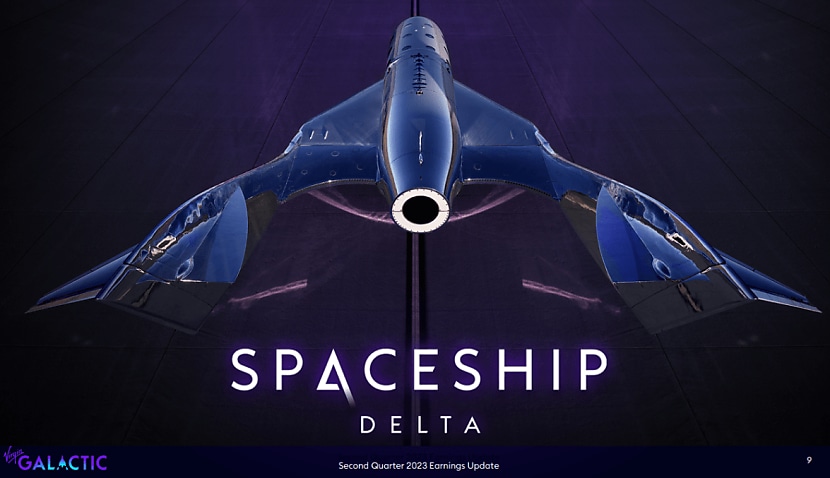
The space tourism business said on Tuesday it would also use its existing Eve mothership for the three flights per week rather than a new aircraft initially meant to be created by Boeing.
If it kept its average ticket price at US$600,000, the increased schedule would generate annual revenue of around US$450 million.
“The third flight per week will prove highly beneficial to our business model when we resume commercial service,” said Michael Colglazier, Virgin Galactic’s chief executive, on an earnings call.
“With the launch of just our first two Delta ships, we expect to operate a robust and meaningful business with positive operating cash flow.”
Virgin Galactic will appear at this month’s Australian Space Summit and Exhibition alongside the team behind the firm’s pioneering first commercial flight. To find out more and book tickets, click here.
“The planned increase in flight cadence for our mothership Eve is a game-changer when our first two Delta ships enter commercial service,” added Doug Ahrens, chief financial officer of Virgin Galactic.
“This is the first steppingstone in our economic growth story as these profits can be reinvested further expand our fleet and drive additional growth.”
Galactic’s decision to continue using its existing Eve mothership comes with the company locked in a legal dispute with Boeing over the creation of its successor.
The troubled planemaker originally sued Galactic arguing it had not paid $26.4 million in invoices for earlier work. Virgin denied the claims and countersued.
“The issues with Boeing are not material and are not going to be impacting how we progress our mothership program,” Colglazier said. “It will not be a distraction for us.”
Last month, Space Connect reported how the professor behind the pioneering experiment conducted onboard Virgin Galactic’s first commercial flight has praised the benefits of suborbital missions.
Ahead of her session at the Australian Space Summit and Exhibition 2024, Loredana Santo argued that suborbital flights offer a quicker and more cost-effective way to conduct research in microgravity conditions than visiting a space station like the ISS.
Santo is a professor of manufacturing processes at the University of Rome Tor Vergata, Italy and has conducted in-depth research on organic shape-memory polymers.
According to Professor Santo, suborbital flights enable scientists to test how a range of materials develop in a microgravity environment.
“The same material was tested in a suborbital flight using very large samples,” Professor Santo told Space Connect.
“You can test bigger objects on suborbital flights compared to the ISS, which only allows you to test very small components. Therefore, it is much more complicated to conduct these kinds of experiments on the ISS.
“This is because the cost is substantial for high volumes and heavy materials. In suborbital flights, you don’t have this problem. You can test big structures.”

Adam Thorn
Adam is a journalist who has worked for more than 40 prestigious media brands in the UK and Australia. Since 2005, his varied career has included stints as a reporter, copy editor, feature writer and editor for publications as diverse as Fleet Street newspaper The Sunday Times, fashion bible Jones, media and marketing website Mumbrella as well as lifestyle magazines such as GQ, Woman’s Weekly, Men’s Health and Loaded. He joined Momentum Media in early 2020 and currently writes for Australian Aviation and World of Aviation.
Receive the latest developments and updates on Australia’s space industry direct to your inbox. Subscribe today to Space Connect here.









